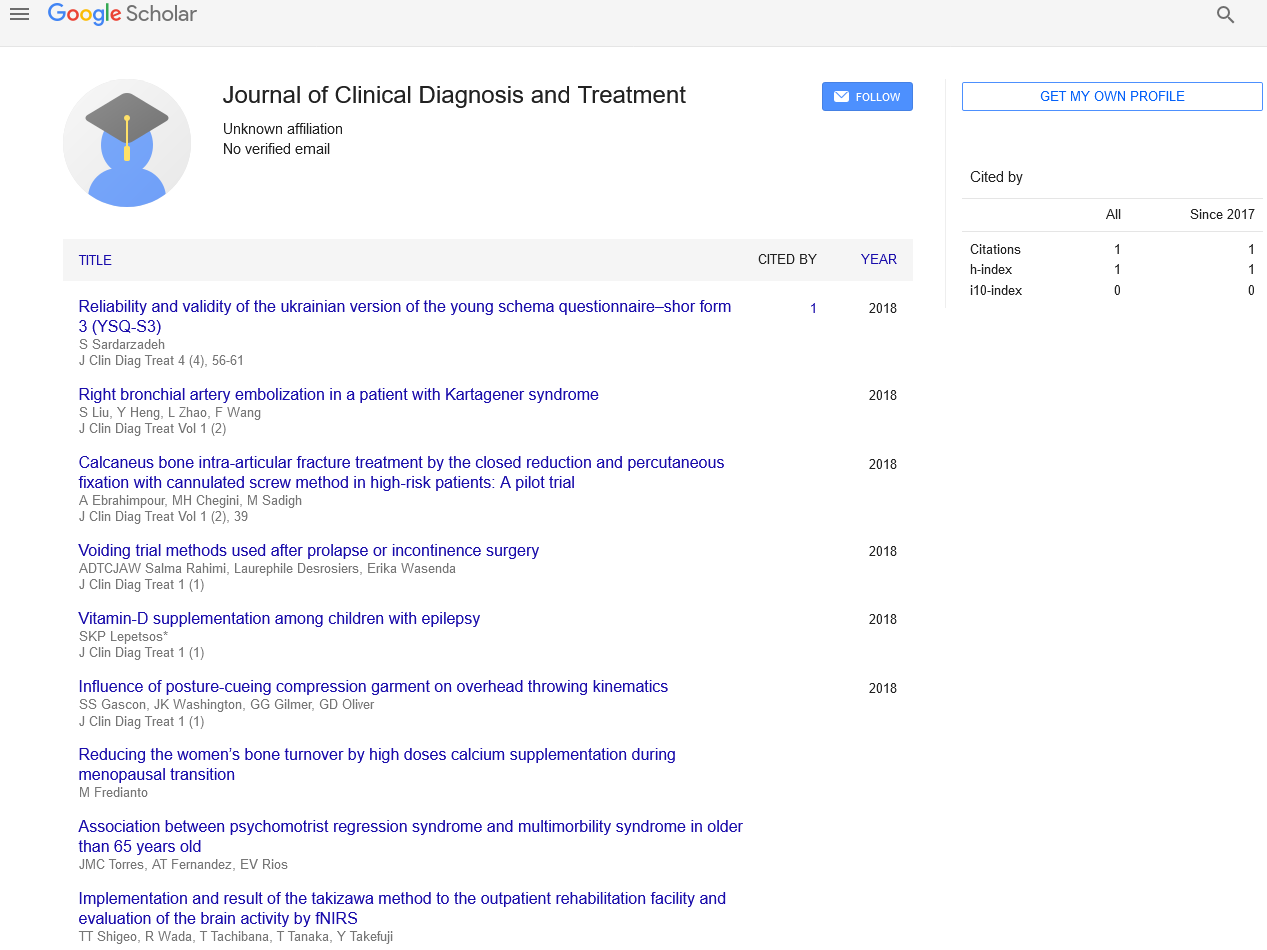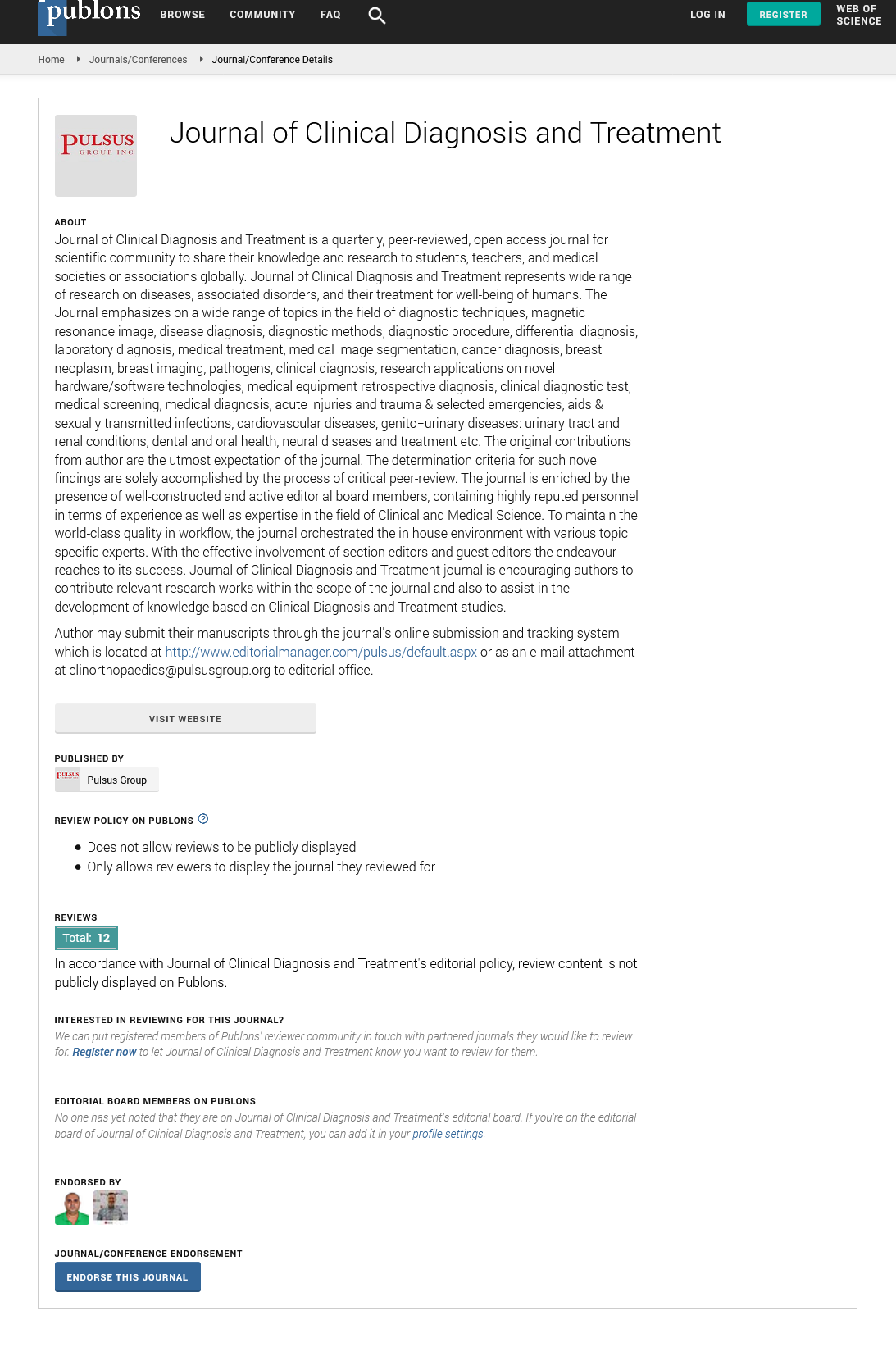Clinical Psychology 2021: F-pes- fuzzy perceived effect size: A new concept in fuzzy psychology
Received: 02-Jan-2022, Manuscript No. PULJCDT-22-3937; Editor assigned: 15-Jan-2022, Pre QC No. PULJCDT-22-3937(PQ); Reviewed: 31-Jan-2022 QC No. PULJCDT-22-3937; Revised: 02-Feb-2022, Manuscript No. PULJCDT-22-3937(R); Published: 12-Feb-2022, DOI: 10.37532/puljcdt.22.4(1).02
This open-access article is distributed under the terms of the Creative Commons Attribution Non-Commercial License (CC BY-NC) (http://creativecommons.org/licenses/by-nc/4.0/), which permits reuse, distribution and reproduction of the article, provided that the original work is properly cited and the reuse is restricted to noncommercial purposes. For commercial reuse, contact reprints@pulsus.com
Abstract
The purpose of this research is to introduce a new method for a deep interpretation of a result in a psychological therapy assessment. This method is to link subjective and objective effect sizes based on the fuzzy set theory. This paper is to describe a method in which two effects are integrated.Traditionally, doing a statistical test leads to a P-value. This index is obtained from classical statistical tests when a null hypothesis is being tested. The P-value is the main statistic for deciding a null hypothesis. The P-value is being criticized from many years ago. For another method is the clinical significance (effect size), this is to overcome some limitations of the P-value. In this paper, we introduce a method for integrating clinical significance (Therapist’s effect size) to the impact which is perceived by receivers of that effect (client’s effect size). This method helps psychological researchers to access a deep and broad interpretation of the results. This result can be of more reasonability and fitness with reality. The steps which should be taken for obtaining Fuzzy Perceived Effect size (FPE) will be discussed using a numerical example
Biography
Hfarahani has completed his PhD at the age of 29 years from Isfahan University and postdoctoral studies from Victoria University in Australia. He is an assistant professor of Psychometrics. He has published more than 90 papers in reputed journals and his research directions include advanced statistics, methodology, and fuzzy psychology






